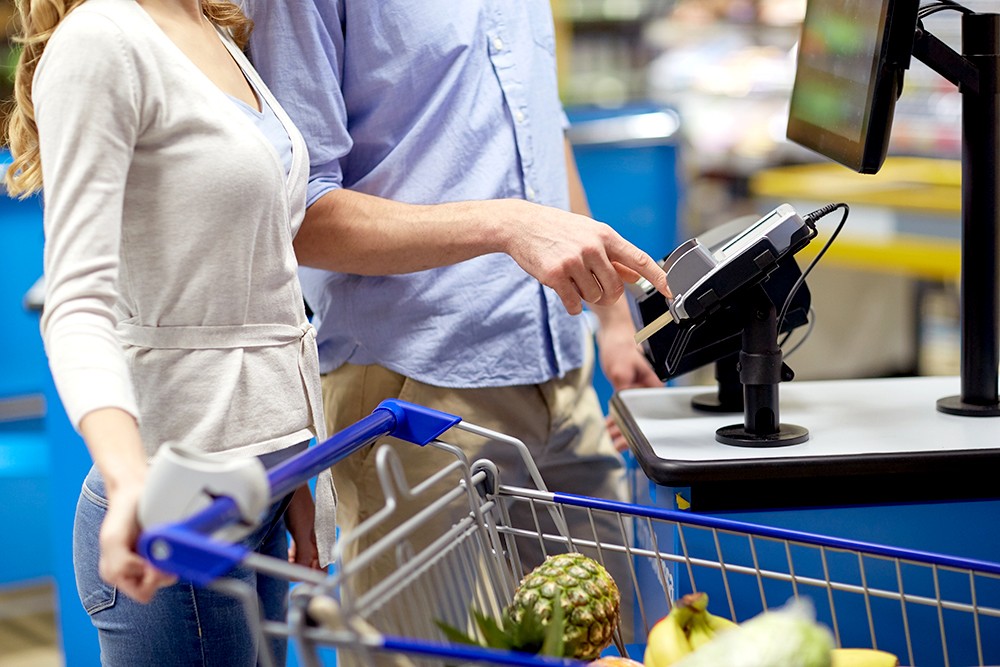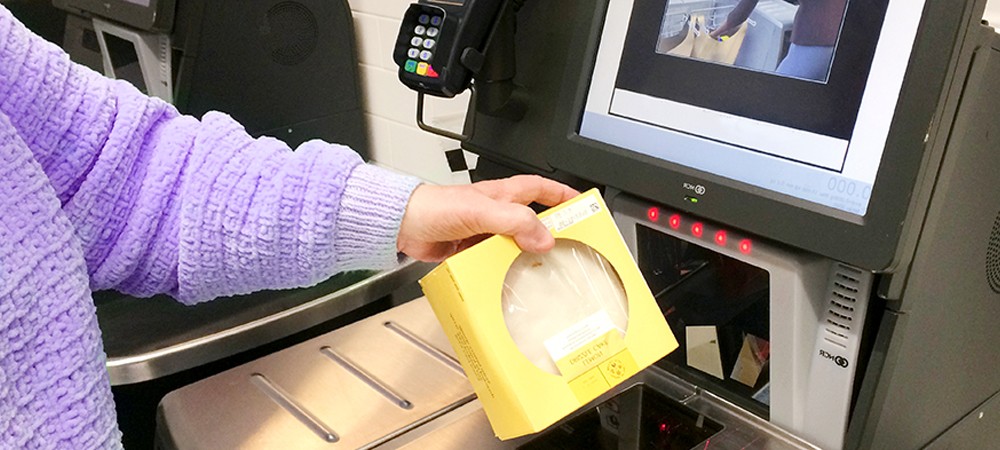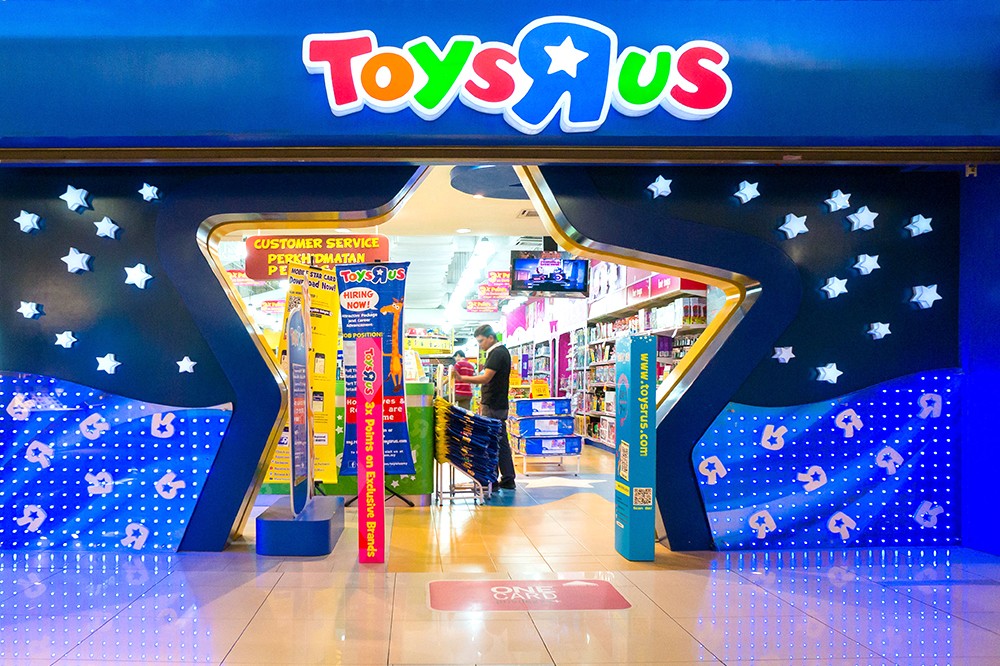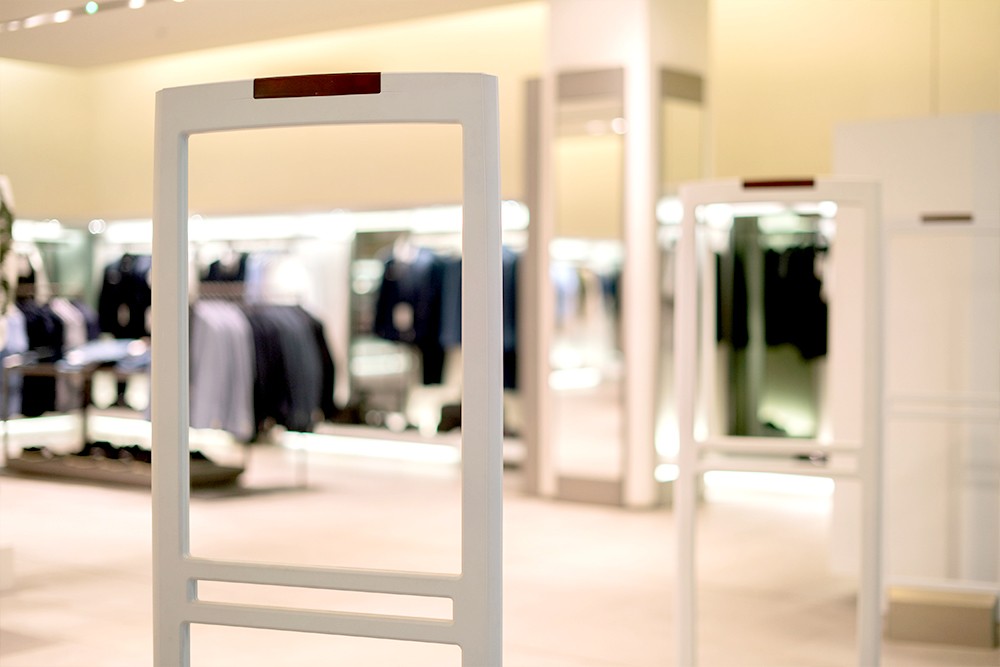
Theft at the self-checkout
Self-checkouts might be convenient for customers and slash staff costs for retailers, but they’re costing the retail sector billions in terms of shoplifting and theft.
More importantly, the self-service checkout is attracting a new style of shoplifter who wouldn’t normally consider themselves a thief.
So how do retailers combat this growing crime as they continue to embrace the latest self-service technology?
The self-checkout
As Loss Prevention Media (LPM) notes, self-checkouts now account for around 40 per cent of all transactions and 20 per cent of all sales. They are also a technology that is rolling out rapidly in retail outlets across the globe.
By 2024 the self-checkout market is expected to exceed $5 billion with a compounded annual growth rate of 10.3 per cent in the coming years.
That means this handy technology is likely to be found in more and more stores and the toll of shoplifting will keep rising unless new theft-prevention strategies are quickly deployed.
Theft at the self-checkout
Concrete figures on how much retailers lose at the self-checkout are hard to come by, but according to a recent article in The Atlantic, the crime is more common than many believe.
They note a Voucher Codes Pro survey of 2634 people recently found 20 per cent admitted to stealing at the self-checkout, with more than half indicating they did so because detection was unlikely.
Meanwhile, a study by criminologists at the University of Leicester also determined self-checkout theft was widespread.
“After auditing one million self-checkout transactions over the course of a year, totaling $21 million in sales, they found that nearly $850,000 worth of goods left the store without being scanned and paid for,” The Atlantic says.
And customers are finding some common ways to commit the crime.
Self-checkout theft methods

Three common methods dominate self-checkout theft and the internet reveals a whole world of new technology to describe the crime.
There’s the ‘banana trick’ which sees the code of a cheaper weighed item applied to a more expensive one, the ‘pass off’ which sees an item not scanned at all, and ‘the switcheroo’ which involves placing the label of a cheaper item over the barcode of a more expensive one.
According to a Loss Prevention Research Council research reported in LPM, a recent study of 24 self-checkout offenders reveals “the pass off” is by far the most common.
They note all 24 offenders indicated they scanned some but not all items, while five indicated they also switched labels, four said they tricked the scales, and three used “other means”.
Critically, 29 per cent of offenders indicated self-checkout theft was “very easy”, a further 29 per cent said it was “somewhat easy,” 29 per cent were “neutral”, and only nine per cent said it was “somewhat difficult” while just four per cent claimed it was “very difficult”.
Meanwhile, the National Retail Federation’s Stores Magazine notes checkout theft is often a crime of opportunity.
The National Association for Shoplifting Prevention’s Barbara Staib told Stores, shoppers who may otherwise not steal can find it easier to rationalize taking things at the self-checkout.
“Many of these offenders don’t view it as theft and more as a deserved discount for standing in line too long or spending a lot of money at the store.
“These are people that normally aren’t shoplifters or inherently criminal. But for whatever reasons, they decided they’re doing to dip their toe in the waters, or they feel entitled to something.”
Methods of preventing self-checkout theft
As self-checkouts continue their rollout, research into ways of reducing the theft also increases. At present there are a series of common techniques retailers use to combat self-checkout theft and new anti-theft technology is also in development.
Methods include:
Surveillance – Surveillance is widely used in grocery stores and is increasingly employed at the Point of Sale to monitor customers going through the self-checkout.
Store associates – An attentive attendant at the self-service checkout is proving one of the most effective ways of preventing theft.
LPM explains interviews with self-service shoplifters indicate “many offenders interviewed recognized the associates as a deterrent before perceiving the surrounding technologies”.
“Some offenders even reported that an attentive self-checkout associate is more effective at deterring theft than advanced technologies.
“One offender even commented on the importance of an attentive associate in deterring shoplifting: ‘A lot of stealing got by because of lazy employees—employees are not paying attention, or are on their phones. It’s all about the employees. If the store has employees who are more attentive, then self-checkout theft would be hard’.”
Artificial Intelligence – Machine learning and artificial intelligence are also becoming useful tools in the fight against self-service theft and as the technology improves that role will likely increase.
These systems are designed to recognise a customer’s items before they even reach the self-service area, reducing the onus on humans to declare the items they have.
You can learn more about the latest findings on shoplifting here, or contact our friendly staff for more information on the security tags and labels that can help protect your store.


